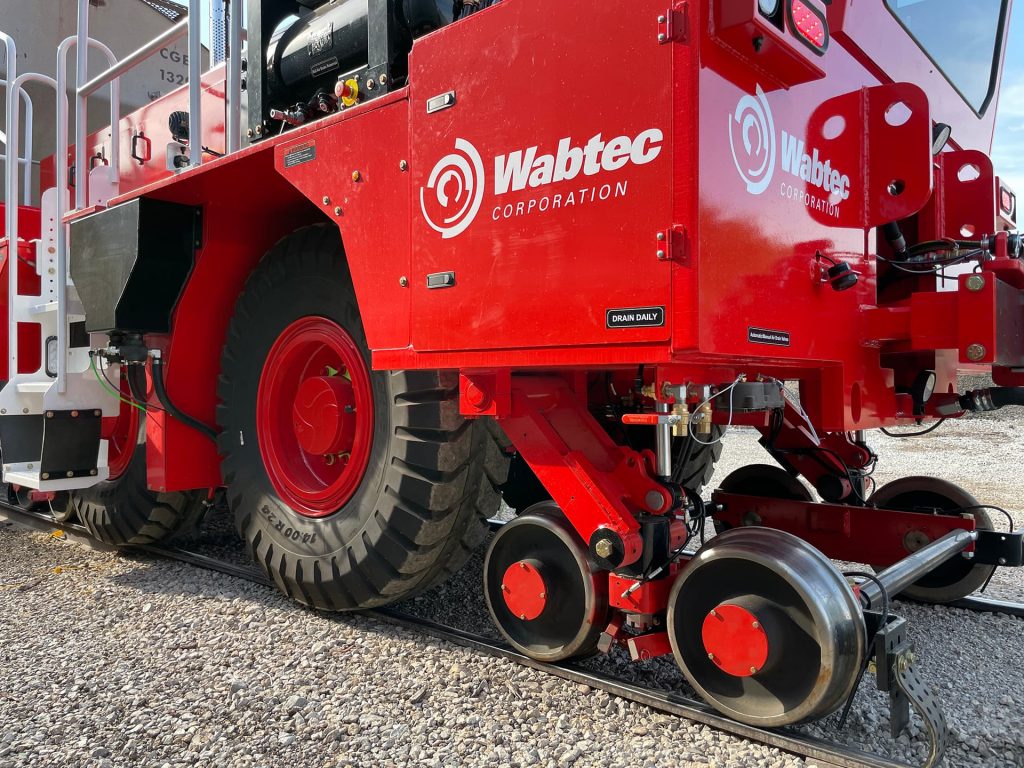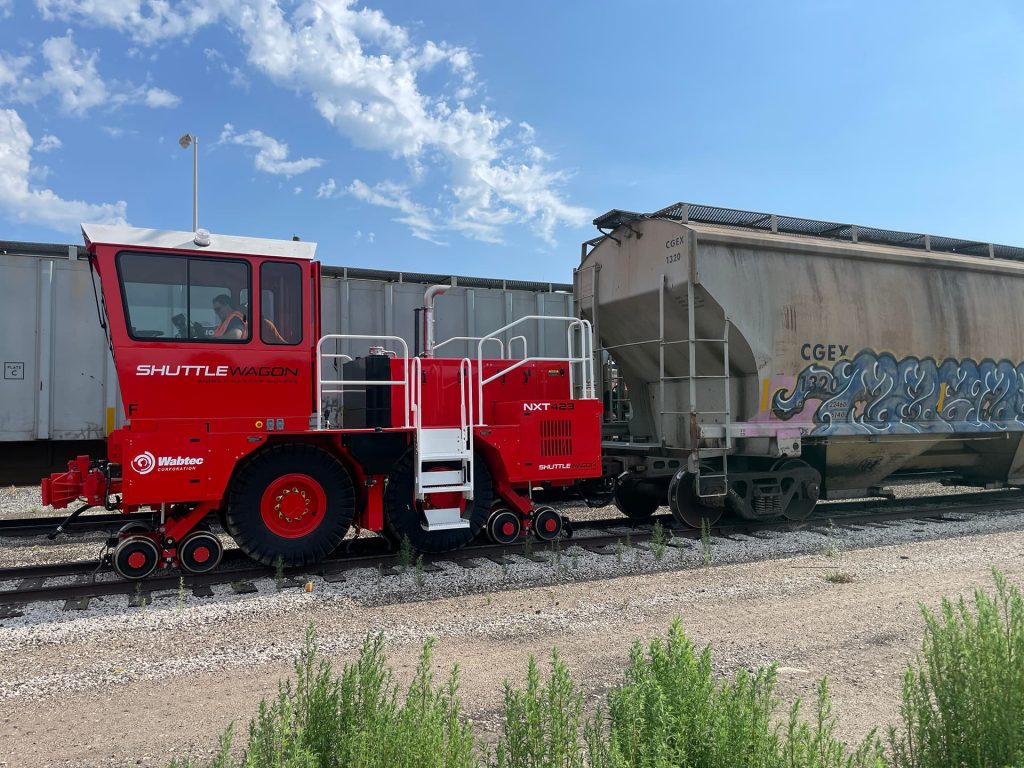The Science of Superior Traction
How Shuttlewagon's Rubber Tires Outperform Steel Wheels on Rail
When evaluating the performance of railcar movers, one factor stands out as critical for ensuring smooth, efficient, and safe operations: the coefficient of friction. Shuttlewagon’s rubber-tire technology offers an elevated coefficient of friction compared to traditional steel wheels, bringing about a plethora of operational advantages that you simply can’t ignore. Here’s why Shuttlewagon is the industry leader when it comes to reliable railcar movement.
The Coefficient of Friction
A Vital Metric
The coefficient of friction measures the force required to move one surface over another—the higher the coefficient, the greater the force needed for movement. This is an essential factor in railcar operations where maintaining precise control is vital for both efficiency and safety. Shuttlewagon’s rubber tires offer a significantly higher coefficient of friction compared to steel wheels. This translates into more robust traction, ensuring that your railcar mover stays exactly where you need it to be, even under variable conditions like wet or uneven tracks.
Reliability through Superior Traction
Less wheel slippage and greater control
With a higher coefficient of friction, Shuttlewagon’s rubber tires provide unparalleled traction on rails. This isn’t just a technical specification; it’s a practical advantage that you’ll experience in daily operations. Improved traction means less wheel slippage and greater control when pulling or stopping railcars, thus significantly reducing the chances of operational delays and enhancing overall productivity.
Safety First
Minimize risks
Greater control doesn’t only mean better efficiency; it’s also a critical safety feature. A higher coefficient of friction allows for more predictable handling, enabling operators to navigate with confidence and minimizing the risks associated with wheel slippage, sudden stops, or sharp turns.
A Global Endorsement
Science-backed superiority
The superior coefficient of friction offered by rubber-tire technology isn’t just a claim—it’s a fact substantiated by its widespread adoption as the world standard in railcar movers. Industries across the globe prioritize this feature as it directly translates to more secure, reliable, and efficient operations. Shuttlewagon’s rubber tires offer a higher coefficient of friction than steel wheels, making them the optimal choice for any organization aiming for reliability, efficiency, and safety in railcar operations. When you choose Shuttlewagon, you’re not just choosing a machine; you’re choosing science-backed superiority in traction.


